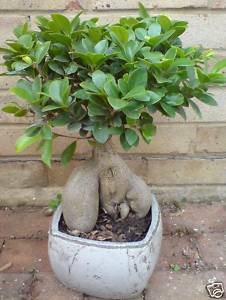If you want to reduce your work load next Spring, I recommend you start any new garden beds now.
As you empty annual beds this Autumn, there are two main ways to enrich the soil.
1. Spread compost or plant cover crops.
Before you spread compost, dig or lightly till in any plants that aren't diseased to return nutrients to the soil. Spread compost, even if it's not well decomposed yet. It will protect the soil over the winter and break down by spring planting time.
2. Plant cover crops, such as buckwheat or annual rye that will grow this fall and early spring until you till it under several weeks before planting.
Now on to those weeds. Make sure you remove them or next Spring I guarantee you will get some kind of backache. Since bare soil invites weeds, cover bare soil with mulch, such as layers of wet newspaper covered with straw, compost, or manure. This will control late Autumn and early Spring weed growth and provide organic matter.
Begin preparing tools for storage by cleaning them once you're finished with them. Wipe the soil off shovels, spades, and trowels using a rag or wire brush, then wipe blades with an oiled cloth.
Make sure pruners are free from dirt and plant debris, and wipe down the blades with the oiled cloth. Empty any pots of dead plants and soil, adding the debris to the compost pile unless the plants were diseased. In that case, dispose of the plants in the garbage or a location far away from your garden. Rinse pots, or better yet, soak them in a bucket of water to which some bleach has been added. Rinse well.
Plant garlic now for harvesting next summer. Purchase garlic sold specifically for planting, or buy organic garlic. Commercial, non-organic, supermarket garlic may have been treated to inhibit sprouting. Break the garlic head into individual cloves, keeping the largest ones for planting. (Use the small cloves for cooking.) Plant cloves about three inches apart with the pointy side up. Try some different varieties to see which you prefer. Mulch the bed well with straw.
Test your soil and add any needed amendments now, the soil will be ready for planting when you are in the spring. Some amendments take time to break down and become available to plants.
Lastly, give your lawn a good low cut, and cover bare areas with a layer of mulch.
Showing posts with label autumn. Show all posts
Showing posts with label autumn. Show all posts
Wednesday, September 26, 2007
Sunday, September 09, 2007
Key Gardening Jobs for Autumn!
Well, the nights are drawing in here in England and there is a slight chill in the air. September is here and Autumn is upon us once more. I thought this "To Do" list
might help in jogging a few memories of things to do around the garden at this time of year.
Early Autumn
. Bring in tender plants under cover before the first frosts
. Plant or move evergreens and conifers, while the soil is still warm
. Plant spring bedding, such as wallflowers and polyanthus
. Plant spring bulbs
Mid Autumn
. Tidy perennials, removing dead stems but leaving seed-heads for birds to eat
. Plant deciduous trees, shrubs and climbers
. Lay new lawns, so long as soil is not too wet
. Batten down the hatches, ensuring nothing can blow about and cause damage on windy nights.
Late Autumn
. Plant shrubs, roses and hedging plants sold with bare roots
. Clear up fallen leaves and compost them
. Plant tulips and hyacinths
. Move deciduous trees and shrubs once they have lost their leaves
. Take hardwood cuttings from shrubs and roses
Subscribe to:
Posts (Atom)
My Ficus Ginseng Plant!

Cool or What?